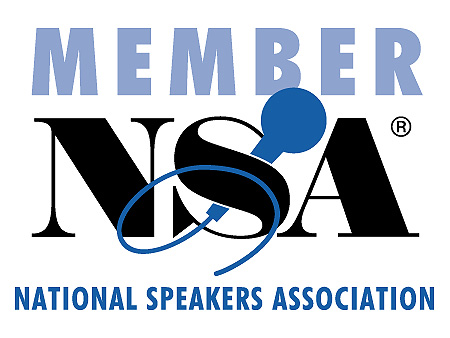 Send to Kindle
Send to KindleMixed Messages
Are your workers clear about who they report to and what they’re supposed to do? Especially in new companies, it’s common to have a less than clear chain of command in the interest of an “open” office. One company even has everyone take turns being in charge. I wonder who will be responsible when real, long-term issues arise. In too many organizations employees are often confused – not because they aren’t intelligent, but because as leaders, we make their world difficult to understand.
As leaders, we sometimes put our workers in different situations that lead to confusion. It’s all too common for an employee to have too many bosses. While it’s sometimes necessary to assign people to projects and teams that are led by different people, who the decision maker is must be clearly defined. The more senior leader must always make the arrangement clear. There may be times when a boss needs to assign a worker to a team, led by someone else, with explicit instructions regarding what that worker is to do for that team. In that situation, the boss must also make this arrangement clear to the team leader. It isn’t fair to put an employee in a position that causes conflict with the team leader who doesn’t know what the worker was told to do.
Of course the direction must be clear to start with. When it isn’t, employees are often confused about what they are really supposed to be doing. Leaders are often unaware this is even a problem. They know everyone’s assignment and assume the workers do too. There are two ways to address this problem. The first is a general description of a worker’s responsibilities. I’m not a big proponent of detailed job descriptions. They often cause more problems than they solve. A better approach is a job description that spells out responsibilities in general without going into minute details. I know many don’t like that approach because it gives management too much leeway to abuse their workers. While that may be true, an incompetent leader will do that anyway. This sort of job description works when it is accompanied by a good strategic plan.
When that strategic plan is well executed there are two benefits. First, every worker has a clear understanding of the company’s mission and what they do that is essential in accomplishing that mission. Second, it provides concrete goals and objectives and tells employees their part in accomplishing those goals.
Employee confusion is a real problem in many organizations, and one which many leaders don’t see. It’s a problem that may not manifest itself until a crisis happens and things start to fall apart. By that time, the damage is already done. Being clear up front can avoid a lot of pain later.



